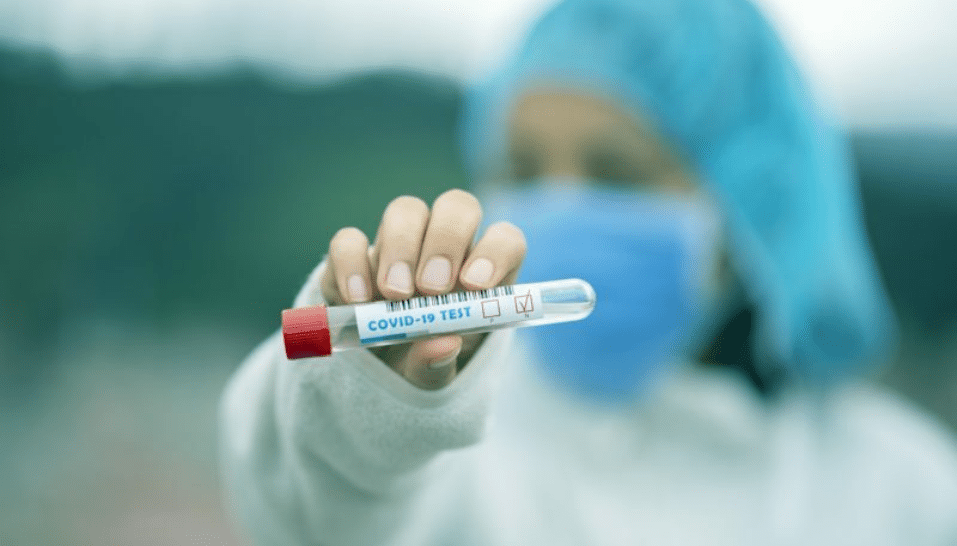There’s an ever-growing demand to accelerate testing for COVID-19, as the global cases keep soaring. But what’s the most reliable test for diagnosing the infection?
Over 20 million cases and the world is still in a race against COVID-19. Millions of tests are done every day, revealing hundreds of thousands of new cases. Countries are on a war-footing to test as many people as possible.
Testing for COVID-19, like any other infection, involves analysing samples from the suspect person to determine the presence of the pathogen – in this case the novel coronavirus SARS-CoV-2. There are two main ways to go about this:
- Diagnostic tests, which assess the virus’ current presence and determine whether the person currently has the infection.
- Antibody tests, which indicate a past presence of the virus, determining whether the person has had the infection in the past.
Diagnostic test
Diagnostic tests detect active infections and are recommended if one is exposed to the virus or is exhibiting symptoms of COVID-19.
There are currently two types of diagnostic tests:
- Molecular real-time polymerase chain reaction (RT-PCR) test.
- Antigen test.
RT-PCR tests decode the genetic material of the virus. Samples can be obtained by either sticking a nasal or throat swab, sputum, saliva, or deep airway material collected via a suction catheter. Test results may be available in minutes, if samples are analysed onsite, or may take up to two days if they are sent to a distant lab.
Antigen tests look for particular proteins on the surface of the virus. A fluid sample is obtained using a nasal or throat swab. Antigen tests can produce results in minutes. The high throughput and less cost of these tests have made it an increasingly popular choice for mass testing.
Antibody test
Antibody or serology tests check for antibodies – proteins that help fight the virus. Samples of blood are tested to determine whether the immune system has produced antibodies against the SARS-CoV-2.
Antibody tests do not help in diagnosing the infection, as antibodies can take days or weeks to develop after infection and may stay in the blood for several weeks after recovery.
Among the benefits of the antibody test is to detect recovered people and those who can donate plasma to people who are recovering from the infection. However, researchers have not yet come upon conclusive evidence relating to the presence of antibodies to immunity against COVID-19.
Point of accuracy
No test is perfect. There are, occasionally, false-positive results (a negative result comes out positive) or false-negative results (a positive result comes out negative).
From sample collection to analysis, RT-PCR tests have multiple labour intensive stages where errors may occur. False negatives, which occurred up to 30 percent of the time in RT-PCR, have reduced as testing procedures are refined to reduce errors. False positives, while rare, are due to the virus’ genetic material lingering in the body long after recovery.
Antigen tests fare worse in terms of accuracy, primarily because test samples are required to contain large amounts of virus proteins to yield a positive result. False negatives from antigen tests may go as high as 20 to 30 percent.

















